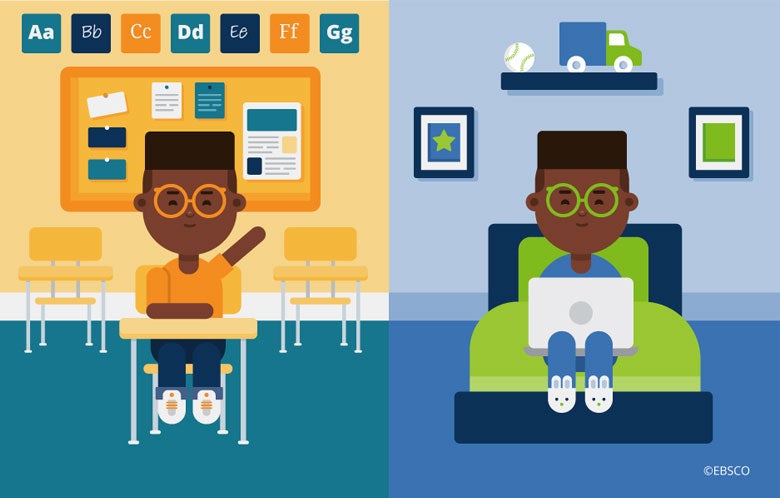It’s no secret that students today are tech-savvy and rely heavily on smart devices to not only communicate with friends, but to also stay updated with schoolwork. While some may try to limit screen time among school-aged youth, one school district is looking to do the opposite by introducing eLearning days for students to take classes remotely.
e-Learning: Can it Work?
According to The Tribune, the Seymour Community School Corp. in Seymour, Indiana, began its eLearning program eight years ago as an option for schools in the district to conduct classroom learning when students couldn’t be in school e.g. during snow days). The eLearning program aims to eliminate make-up days come summer.
Now, the school district is looking to implement eLearning days throughout the school year. The children are already equipped with electronic devices from the school, making the goal of an at-home learning program more achievable.
“The process going on to prepare for an effective eLearning day includes input from all aspects of our school and our community,” Nancy Franke, Seymour Community School Corp. Trustee, told The Tribune. “Seymour schools are set to be the exemplary model in what a productive eLearning day should look like.”
Seymour isn’t the only school district to come up with creative ways to keep school in session. NorthJersey.com reports students at the Pascack Valley Regional High School District have the option to attend school remotely when the weather is bad. These virtual school days allow students to attend classes – rather than make up a day at the end of the year.
“Given technology is woven into the fabric of our everyday instruction and based on our previous experience, we are fully prepared to implement these virtual days for our students,” Superintendent Erik Gundersen said in a letter to Pascack Valley Regional High School District parents.
Gundersen added that the district “feels virtual days provide a valuable experience to students, who will most likely take online courses in college, or work from home in the future – a new norm for many companies and industries.”
Remote schooling may not be for everyone yet, however it’s no secret that kids are exposed to technology like laptops and tablets every day, so utilizing such devices for learning is something many educators support.
Remote schooling may not be for everyone yet, however it’s no secret that kids are exposed to technology like laptops and tablets every day, so utilizing such devices for learning is something many educators support.
Putting Tech to Work for Pupils
Remote schooling may not be for everyone yet, however it’s no secret that kids are exposed to technology like laptops and tablets every day, so utilizing such devices for learning is something many educators support. Education has become such a focus surrounding tech that there are approximately 200,000 education and reference apps available from the iOS App Store, while there are more than 250,000 educational apps offered on the Google Play Store (for Androids).
Digital Magazines Provide Education and Exploration on the Go
Using Flipster in school libraries is another way to encourage kids to develop a taste for learning by providing them with resources to read up on topics they’re interested in — whether at school or remotely. Flipster offers hundreds of children and young adult titles ranging from Boys’ Life and Highlights to All About History and Cobblestone. Each title offers students a chance to learn more about a specific topic, such as investing and banking or historical events, or interesting tidbits/creative ideas to try; including building bird houses or learning to knit.
